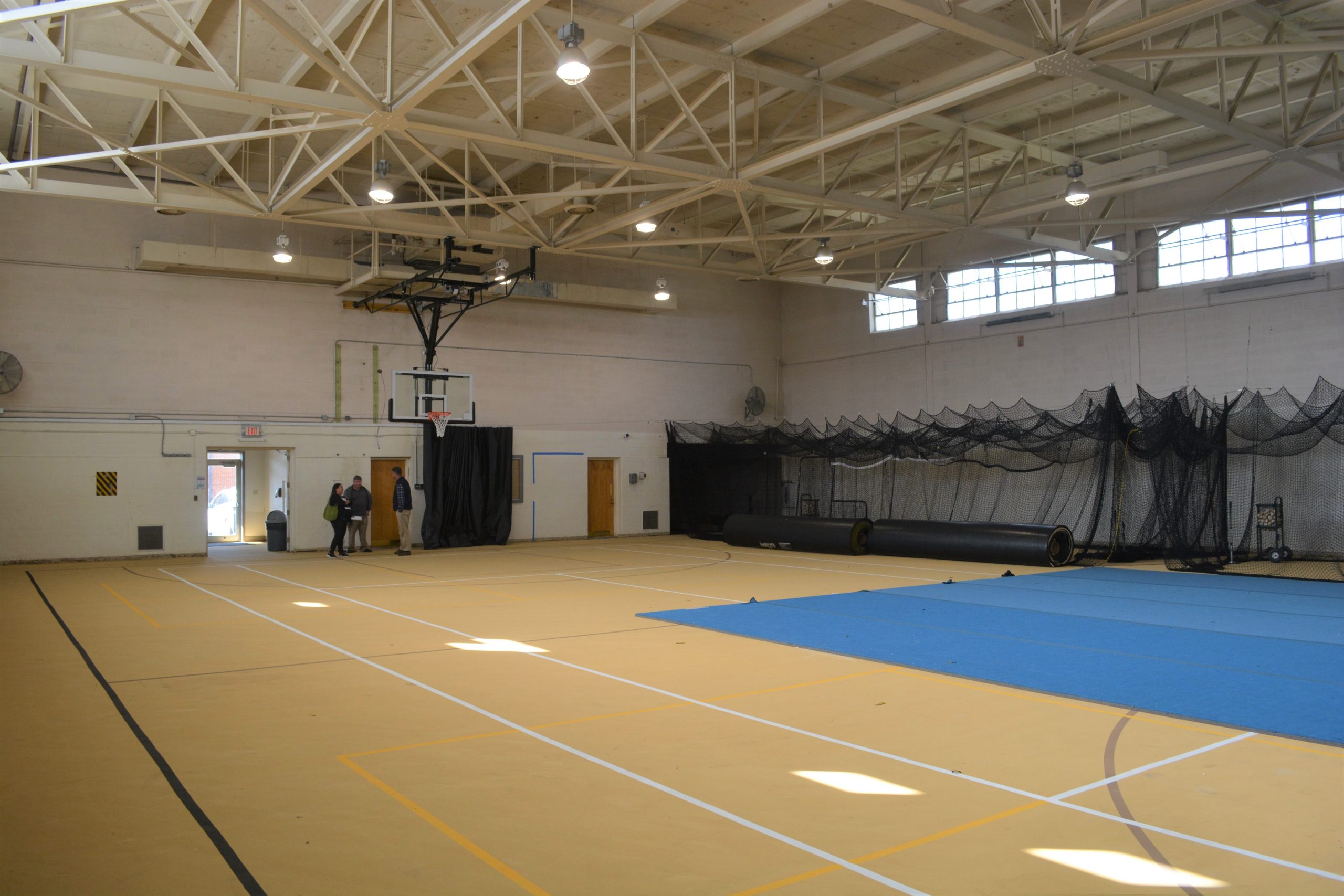 As clocks “fell back” this weekend and Eastern Daylight Time ended, many Americans will be driving longer at night, which could translate to more driver fatigue and hazards on the road, says Virginia Tech Transportation Institute expert Matt Camden.
As clocks “fell back” this weekend and Eastern Daylight Time ended, many Americans will be driving longer at night, which could translate to more driver fatigue and hazards on the road, says Virginia Tech Transportation Institute expert Matt Camden.
Camden says that any time change can exacerbate drowsiness and your body may need a few days to adjust accordingly. He offers the following advice for drivers to avoid fatigue.
- Avoid driving during rush hour and from 2-4 a.m.
Crash risk increases during rush hours and from 2-4 a.m. Driving between 2-4 a.m. is particularly dangerous because a person’s circadian rhythm is at its lowest during this timeframe. And when a driver is already sleep-deprived, the desire to sleep during the circadian low is even greater.
- Get a full night’s sleep.
Drivers should try to sleep at least seven to eight hours in order to avoid drowsiness. However, one night’s rest may not be enough for someone who has experienced several sleepless nights. In those cases, the driver will need several days of restful sleep to compensate for the sleep debt.
- Pay attention to signs of drowsy driving.
Signs of drowsy driving include: slow eyelid closures, yawning, gentle swaying of the head, seat fidgeting, difficulty staying in your lane, difficulty maintaining speed, and delayed reactions.
- Be aware of other factors impacting drowsy driving.
Situations that increase drowsiness are driving alone, monotonous road conditions such as long straightaways with limited changes in the environment, long drives, and extended periods of heavy traffic.
Matt Camden is a senior research associate in the Behavioral Analysis and Applications Group of the Virginia Tech Transportation Institute’s Center for Truck & Bus Safety. He is an expert in occupational driving safety with 14 years of experience conducting applied driving research and translating that research to industry practice. Camden specializes in light-vehicle and heavy-vehicle fleet safety with an emphasis on developing and evaluating behavioral safety programs and advanced vehicle technologies to improve driver performance.

